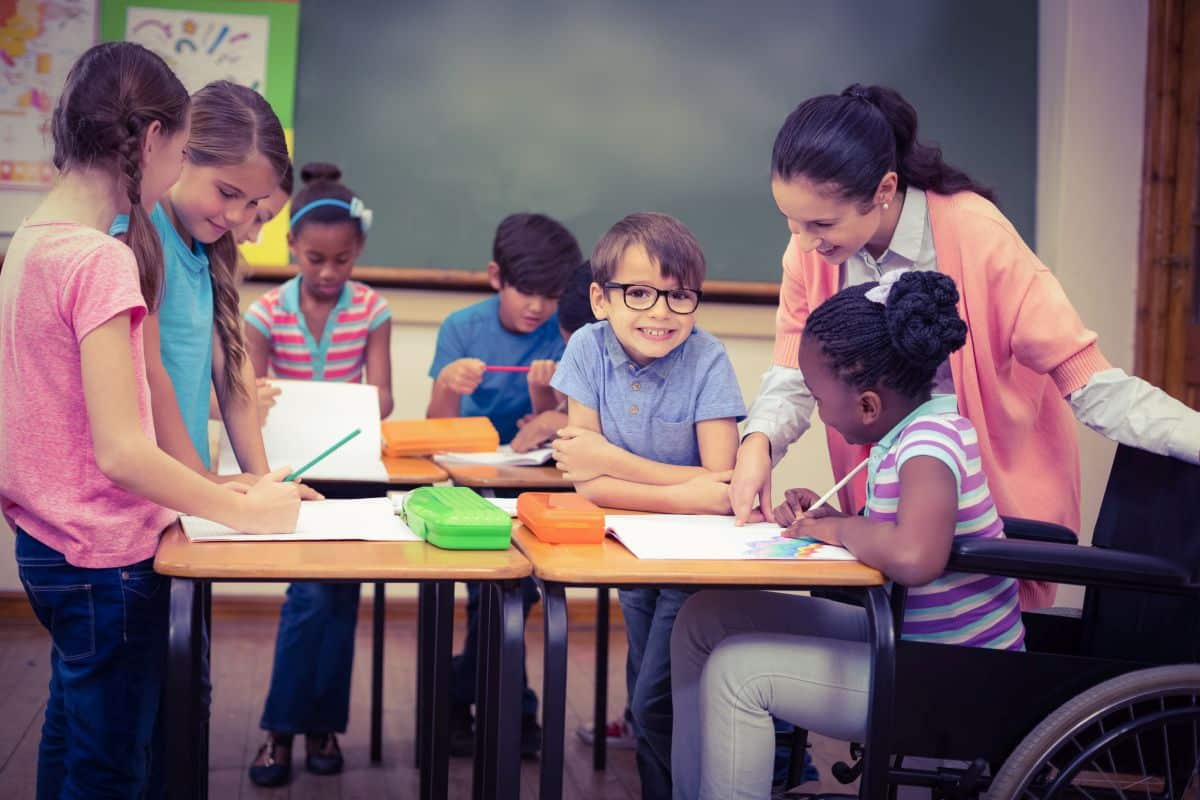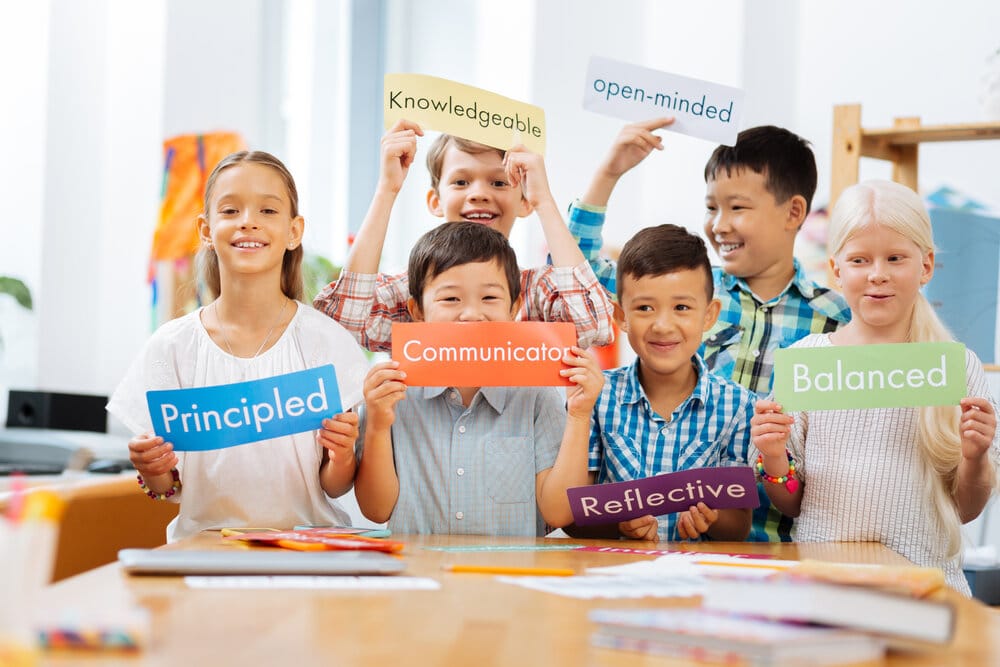Prior knowledge: factoring in what your students already know
By Janelle McGann
There’s a phenomenon that teachers don’t always account for when planning their learning sequences and units – what students bring to the classroom.
In Graham Nuthall’s The Hidden Lives of Learners, he interviewed thousands of students and teachers and observed thousands of classrooms. Alarmingly, he found that up to 65 per cent of what we teach, students already know.
So, before we begin a new topic, concept, or a new part of a learning sequence, how can we figure out where our students are at?
Pre-assess your students
Explore different pre-assessment tools or diagnostic assessment tools before starting each learning process.
These tools help ascertain students’ prior knowledge, check for misconceptions and identify students’ areas of strengths. Pre-assessment tools also provide vital information to help us in our planning, and guide how we differentiate the learning process for different learning needs.
Such tools include:
● Pre-tests
● Surveys
● Skills checks
● Graphic organisers
● Interviews
● Observations.
Quizzes
Create quizzes by harnessing online platforms or apps including Kahoot, Socrative and Nearpod, or student response systems such as Plickers or Verso.
Many platforms, such as Socrative, Nearpod or Kahoot, will provide you with the results in an Excel spreadsheet.
Discrepant events and provocations
When it comes to the learning process itself, one approach is to use discrepant events, which include demonstrations that produce unexpected outcomes. For example, you might drop different things like Styrofoam or a steel ball of equal volume from the same height, and note that both hit the floor simultaneously. Because most students think that the heavier ball will hit first, the event is discrepant.
Provocations, where we want to provoke a response from students, can be used in the same way. Their responses might be a question or a wondering, a thought or a feeling of curiosity, or links to previous ideas and learnings.
Graphic organisers
These can be used at the beginning of the unit or learning sequence, throughout the learning process, and at the end.
One of my favourites is a Harvard University Project Zero thinking routine called Generate – Sort – Connect – Elaborate.
Using Post-it notes, students generate ideas on what they already know about a particular topic, and think about ways to organise that information. They then sort the information into categories, making connections between ideas.

Students’ virtual school bags
We can also consider the notion of virtual school bags. This approach involves seeing our students in different ways, and as carrying knowledge and skills and strengths and ways of being that they’ve already learned at home or from the world around them. It’s interesting to use these virtual school bags to consider how well you know students and how they learn.
For example, what might be in Tan’s virtual school bag as an eight-year-old Cambodian Australian student? Or the schoolbag of Alex, a 13-year-old whose mother runs a clothing shop?
Expert in the room
This idea of virtual school bags encourages us to consider what each student might bring to the learning in different topics, and where they might be ‘the expert in the room’.
By doing this, we become co-learners together on a particular learning journey.
I hope I’ve given you something to think about as you prepare to access students’ prior knowledge and make the most of that knowledge in your classrooms.
For further support for teachers who put learning first check out our Teachers As Architects Of Learning Program Page




